Siemens Energy: The green hydrogen race begins now
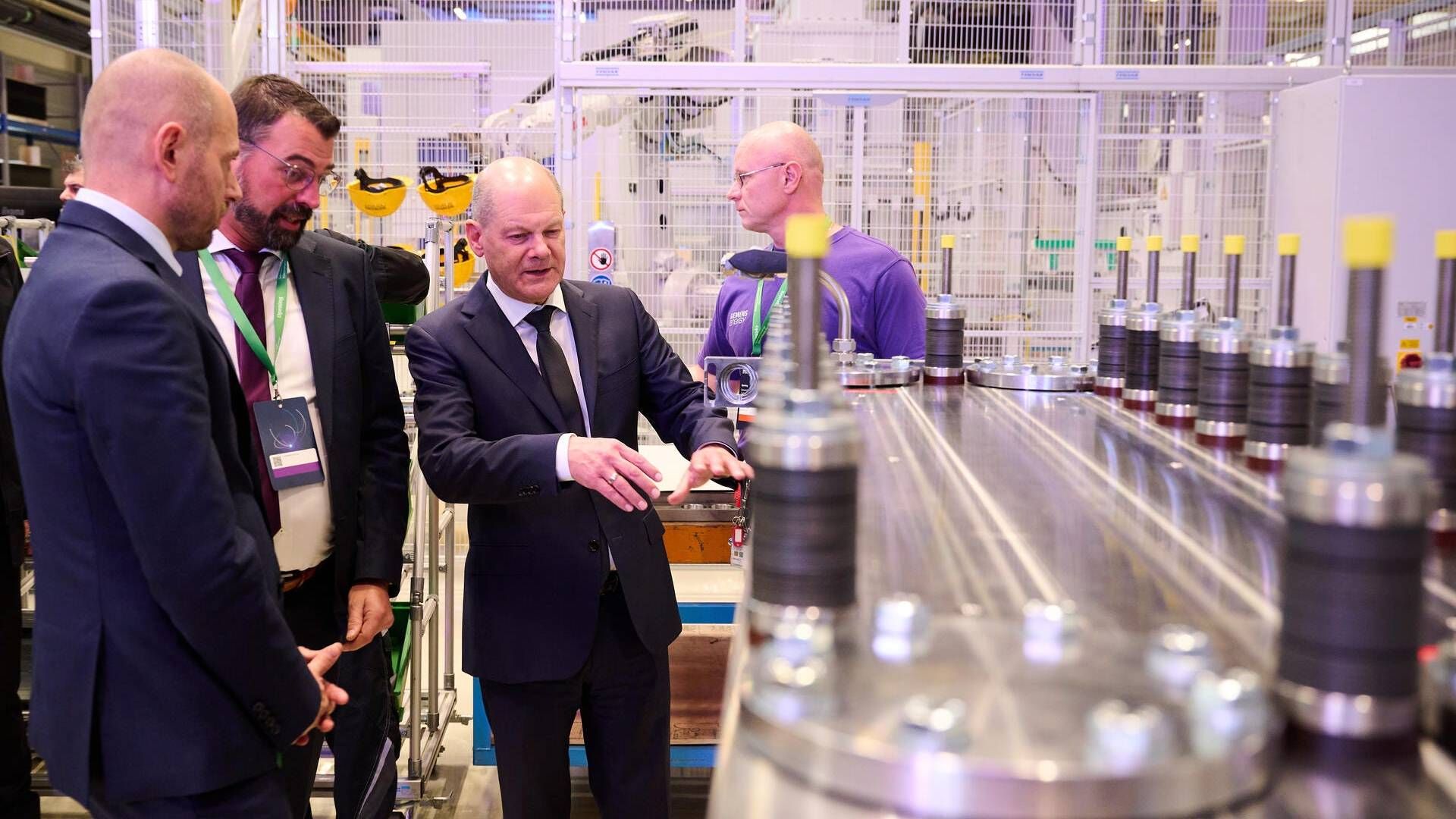
Two glass panels, one and a half meters high, slide aside and mid-tempo lounge music plays from a hidden speaker.
The animation behind the screen plays oxygen and protons dancing through the membrane of one of Siemens Energy’s electrolysers. But then again, it is just a visualization. The actual production at the German gigafactory, which was inaugurated in the heart of Berlin six months ago, is at a standstill.
”Unfortunately, there’s inventory today,” apologizes the factory manager, who is nevertheless able to conduct a full tour as interactive boards along the factory hall show every step of the process.
Both that and the lounge music are cancelled when he presses a button on the wall. Instead, dramatic music blares out as a fixed giant screen that makes up a large part of one end of the hall plays a well-produced video of the electrolysers’ journey into the green world of hydrogen. Produced for the inauguration, which was attended by business leaders, the French energy minister and the German chancellor, he notes.
Ready to triple production
Siemens Energy’s hydrogen division expects to generate sales of EUR 1bn in the medium term. What the medium term precisely refers to remains unknown.
”I’ll get back to you on that when we have clarity on the financing situation in Europe and how the final reading of the Inflation Reduction Act in the US will drive the market,” replies Alexey Ustinov, head of Siemens Energy’s electrolysis business, as we settle into a meeting room after the tour.
Despite the momentary silence of the factory hall, the challenge is not to produce the plants themselves. Which is something not all electrolyser manufacturers can claim.
There is already capacity to deliver one gigawatt per year. Had there been a demand for three times that, it would simply be a matter of going from one shift to three shifts in the predominantly robotized production, Ustinov points out.
Considering that only around 2GW of electrolysis capacity has been built worldwide so far, it would probably be a bit too much at the moment. But then again, it wasn’t meant to be like that.
Moment of truth
After the heralded hydrogen revolution failed to materialize in the 2000s, it returned with even greater promise at the end of the decade. With vague concepts like Power-to-X, hydrogen economy and, yes, gigafactories. While visions that hydrogen in everything from cars to heating would be the universal key to the green transition.
But although the hydrogen revolution is once again somewhat halted, Ustinov believes the development will soon take speed again.
”This year will be fundamental. I would call it a moment of truth where we will see how the industry develops,” says the director, who admits that recent years have been characterized by a green hydrogen hype that is still far from manifesting itself.
”I wish it had been moderated down to a more realistic approach with more respect for what will be the triggers for the different segments, rather than just talking about the hydrogen economy as a whole. Conversely, the hype has certainly attracted not only attention but also investment to the industry.”
Bankruptcies are unavoidable
However, not all investments have been equally successful. A cursory glance at some of the listed electrolyzer manufacturers indicates this: Since the hype peaked in 2021, the share price of Green Hydrogen Systems has fallen by 85%, Nel by 88%, ITM Power by 92% and Plug Power by more than 96%.
Nevertheless, not many have given up. Plug Power, for example, was full of confidence in the future when it presented its financial statements in March, despite a loss of just over DKK 9.5bn (EUR 1.3bn) after a year in which the Americans withdrew shortly after winning the Danish hydrogen tender and then had to recognize uncertainty about the company’s continued operation.
The head of Siemens Energy’s hydrogen business has no doubts. Without naming who will disappear from the market, this is inevitably going to happen. For many players.
”If we look across the global landscape today, according to our count, there are about 200 players out there. There is absolutely zero chance that all of them will survive,” Ustinov states.
”Consolidation, mergers, acquisitions and - sorry - bankruptcies are inevitable and will happen over the next few years and certainly by the end of the decade. Such is the cycle of any new technology before the competitive landscape stabilizes.”
Technology to be decisive
On the one hand, this is of course a relatively harsh statement. On the other hand, it can be argued, with equal justification, that it is a fairly conciliatory statement when bankruptcy in the industry is mentioned as just one of many possibilities.
After all, the vast majority of the electrolysis segment basically consists of the same two technologies: alkaline and PEM. So the question is, what would anyone gain from taking over the near-death estate of a company that hasn’t succeeded in making the same equipment in exactly the same way as you have. However, there may well be, he maintains.
”At the end of the day, it’s all about technology. Because whether we like it or not, the technology is not yet fully in place,” Ustinov says.
”The main advantage of startups is that by thinking outside the box, they may have made a breakthrough in a small part of the technology. Not all of them, of course, but maybe 5-10% of them. But they can be interesting for the big industrial players who know how to build things and run a business.”
Strong brand in hydrogen
In Ustinov’s view, it is probably self-evident who one of those big players might be. It’s not many months ago that he left the large US engine manufacturer Cummins - where he headed the part of the group that also developed electrolyzers - to join Siemens Energy.
Of course, not all parts of the German group are currently characterized by knowing how to build things and run a business. That said, the director of the electrolysis business can certainly see the value embedded in being Siemens Energy due to the market’s previous problems.
”We know from many of our customers that they choose us because they know we’re going to stay in business and not suddenly cease to exist. Siemens Energy is a strong brand with a long history, and that’s an advantage we have over many of the smaller companies,” says the director.
”Of course, both I and the entire market are well aware of Siemens Gamesa’s problems. But the silver lining is that it has provided Siemens Energy - including our business - the knowledge that it’s not just about knowing what to do, but very much about making sure you know what not to do.”
Nuance differences between the US and Europe
However, what to do and what not to do if the industry is to start living up to its lofty hopes is primarily a political question. In the US as well as in Europe.
Although the Americans have passed the Inflation Reduction Act, which will open up the hydrogen market with a tax rebate of up to USD 3 per kilo, it remains to be seen to what extent it will be green. It is possible that the law will be interpreted in such a way that blue hydrogen - made from natural gas with CO2 capture - will also be eligible. In that case, green hydrogen could risk ending up playing a supporting role.
It will be different in Europe, says Alexey Ustinov. Here, the situation is a kind of parallel to the wind industry, where there are all the right intentions and a swath of support schemes are being launched to help the industry get started. But the goodwill is clouded by a slow approval process and other forms of bureaucracy that makes things slower and more uncertain.
Europe to be leading in green hydrogen
There is no doubt, however, about the color of the hydrogen when it arrives. Russia’s war with Ukraine and the closure of gas pipelines to Europe may have initially delayed deployment because energy prices made hydrogen made with electrolysis even more expensive than it already was. But the Russian gas weapon also made the long-term choice obvious.
”It has become very clear to Europe in the last two years that we have no gas. And even if we of course electrify everything possible, that still leaves us with half of the energy consumption that cannot,” says Alexey Ustinov.
”Then you can easily discuss whether green hydrogen will be a bigger or smaller niche. You can argue about the timing of things happening. But Europe will inevitably become a market for green hydrogen, maybe even the biggest market for green hydrogen.”
This is also why Siemens Energy’s first major factory is located in the heart of Berlin rather than in the US. Conversely, the continued uncertainties are why the plant hasn’t been scaled up to its full capacity yet.
But if and when that certainty materializes, the German manufacturer is ready to close the glass panels, turn down the lounge music and speed up the production hall.
Related articles
Siemens Energy chief believes in customer return
For subscribers
Siemens Gamesa will not compete against China on price alone
For subscribers

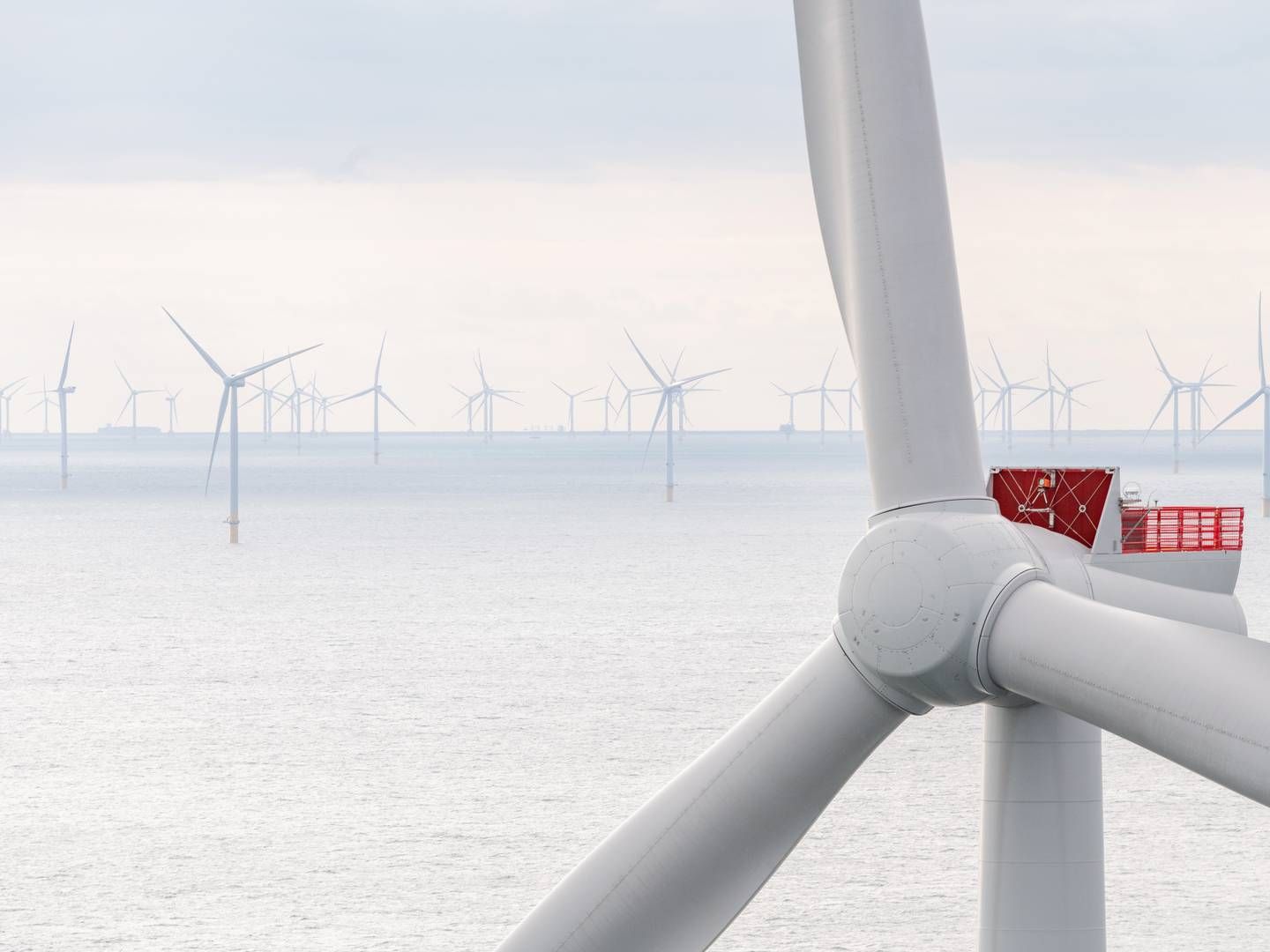
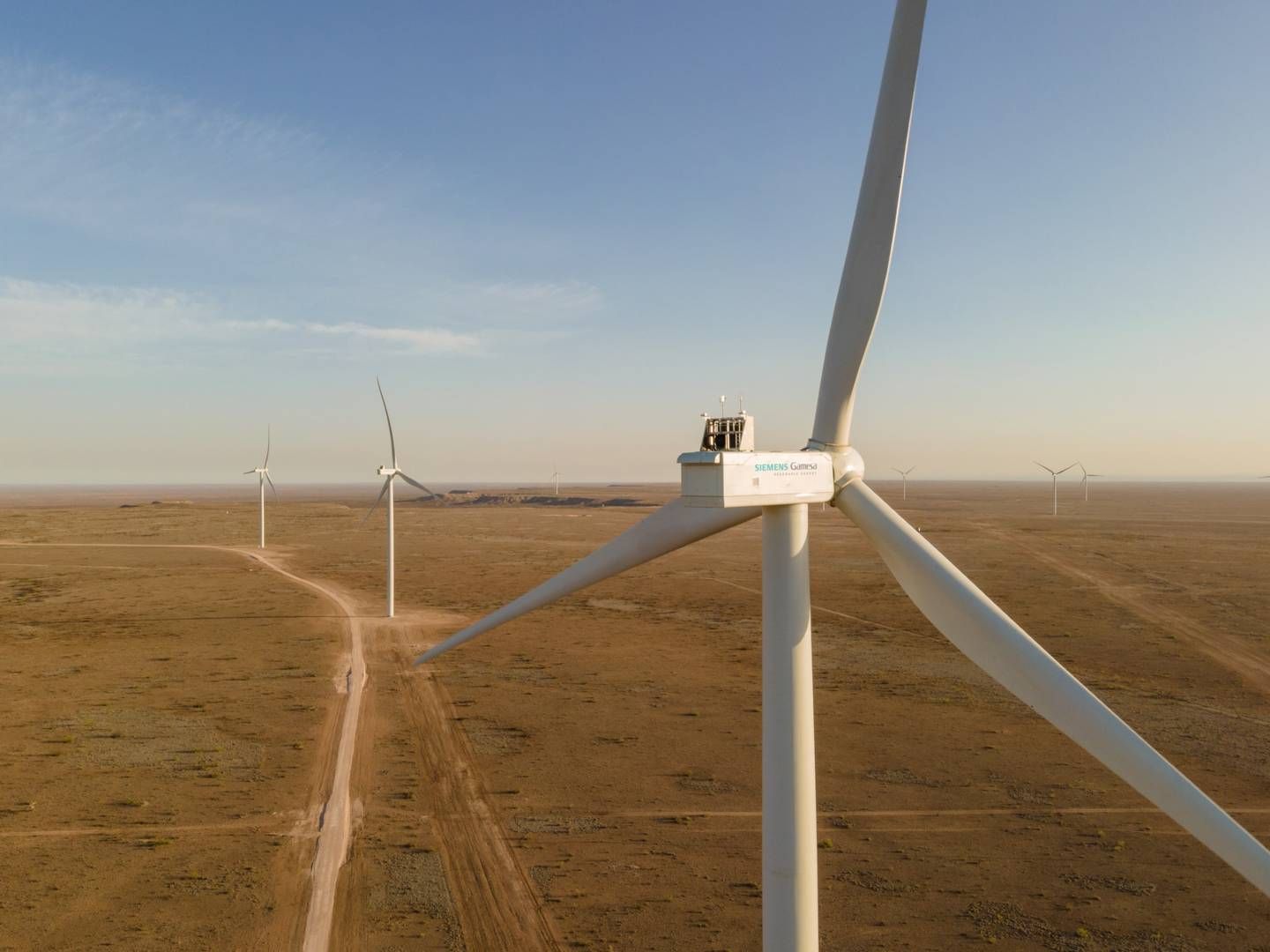
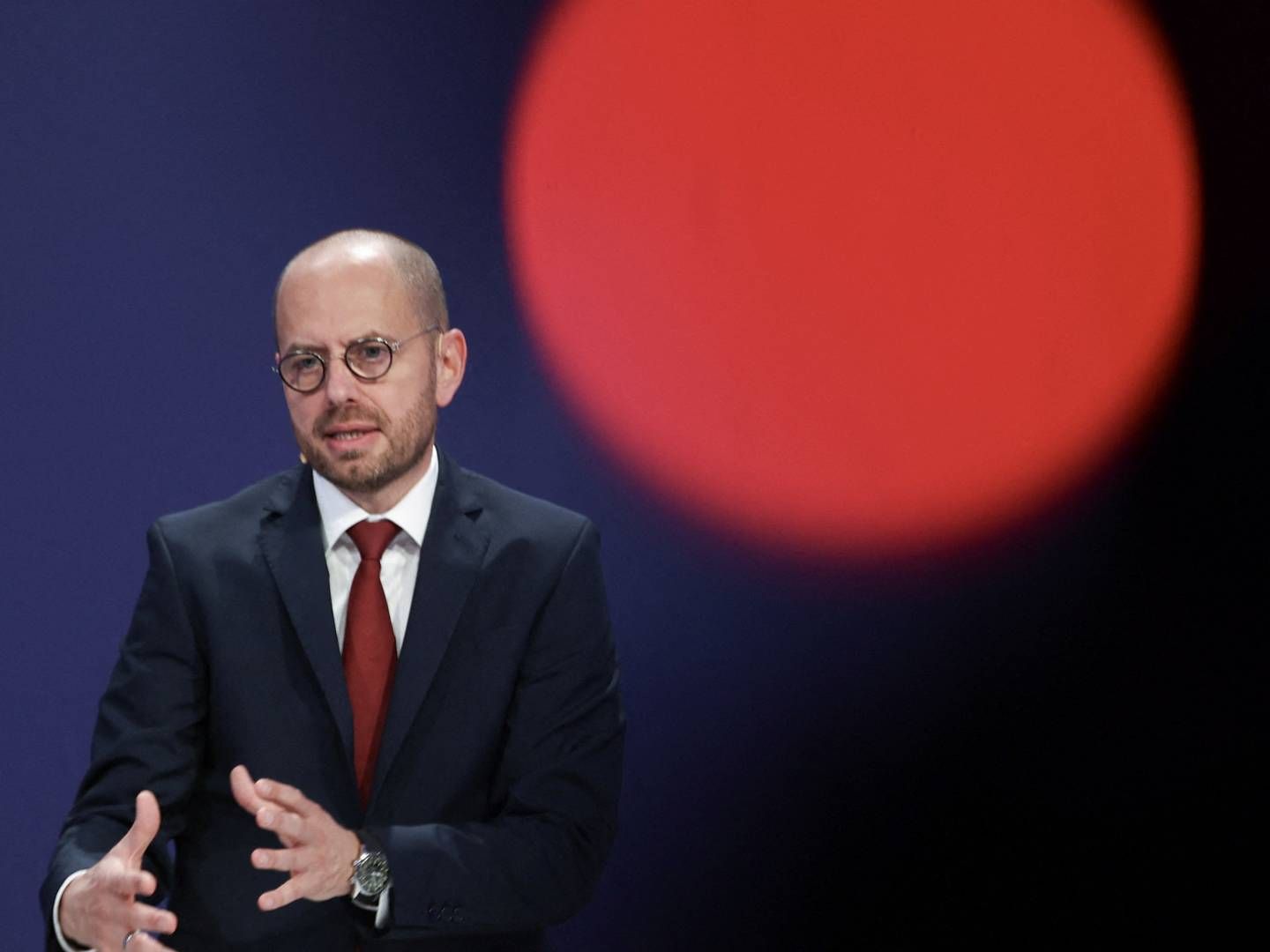

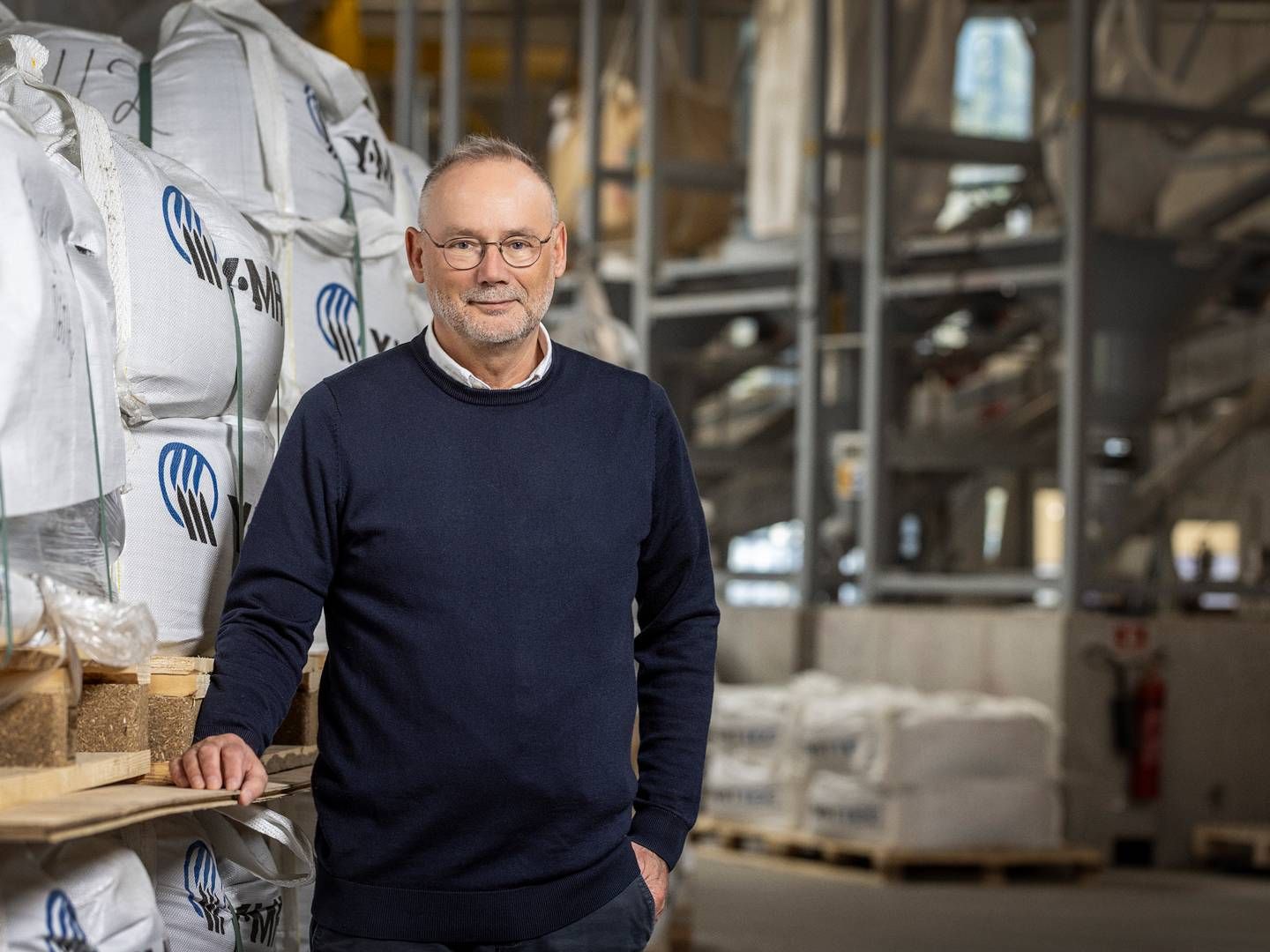
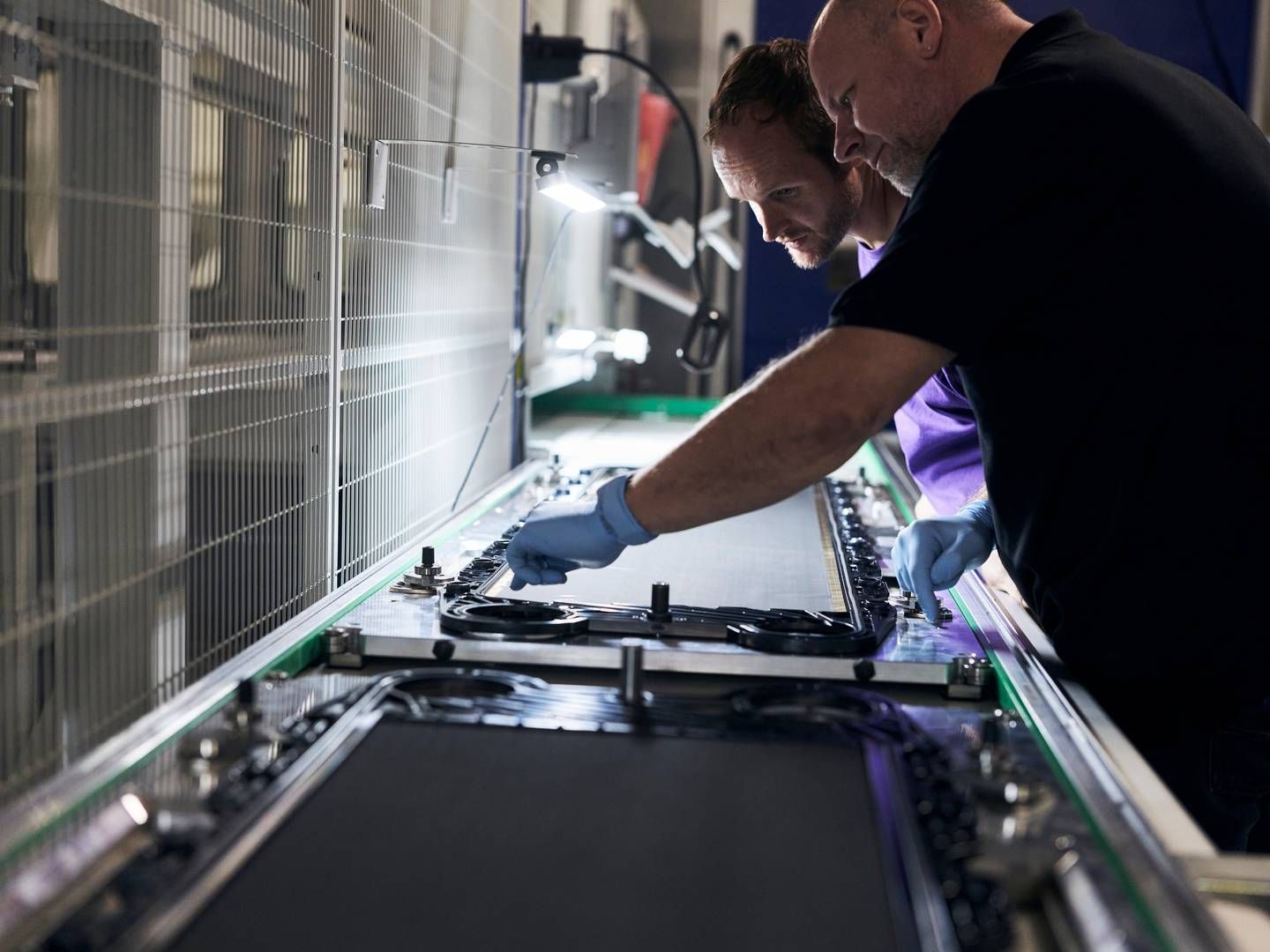
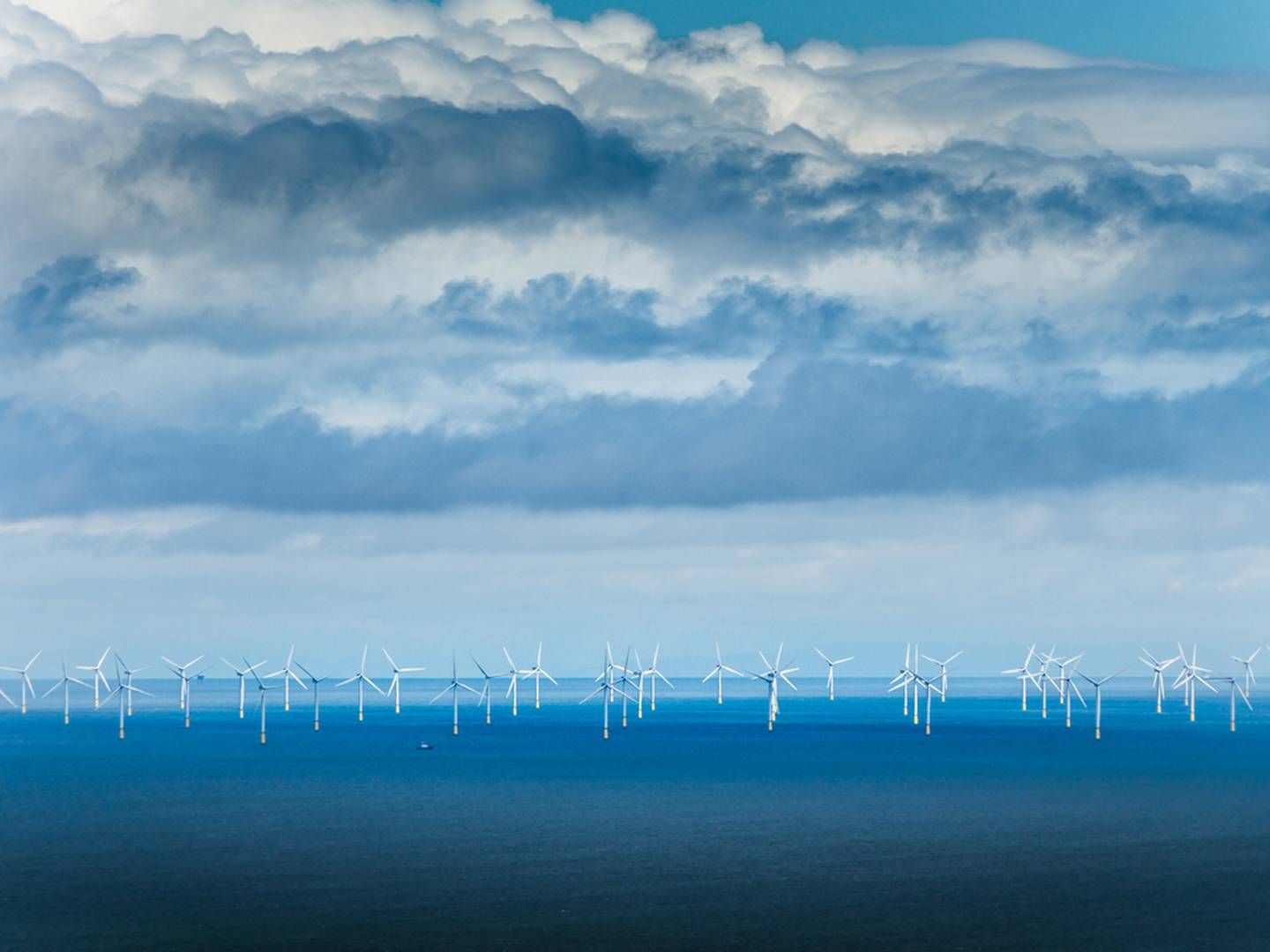
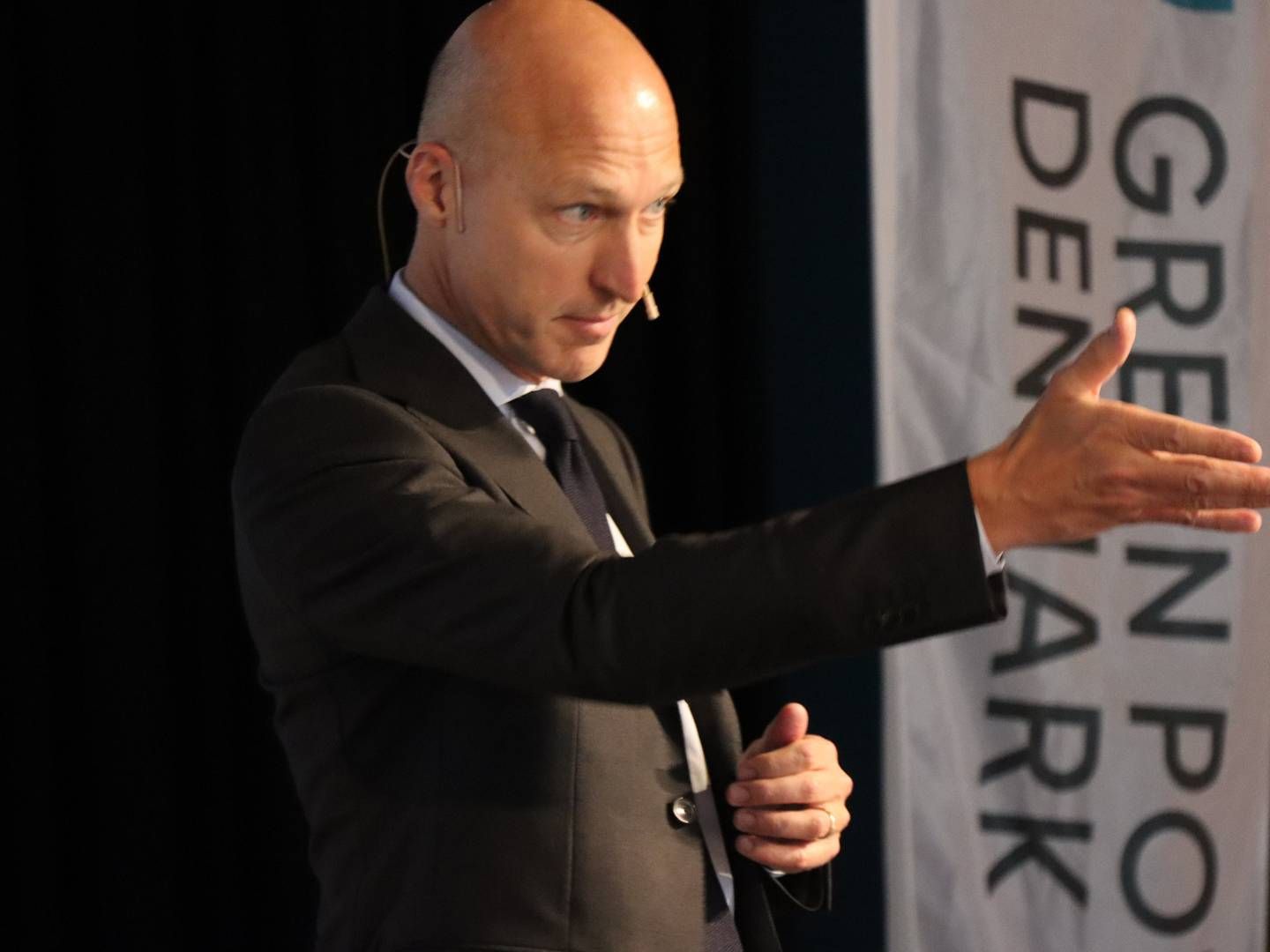
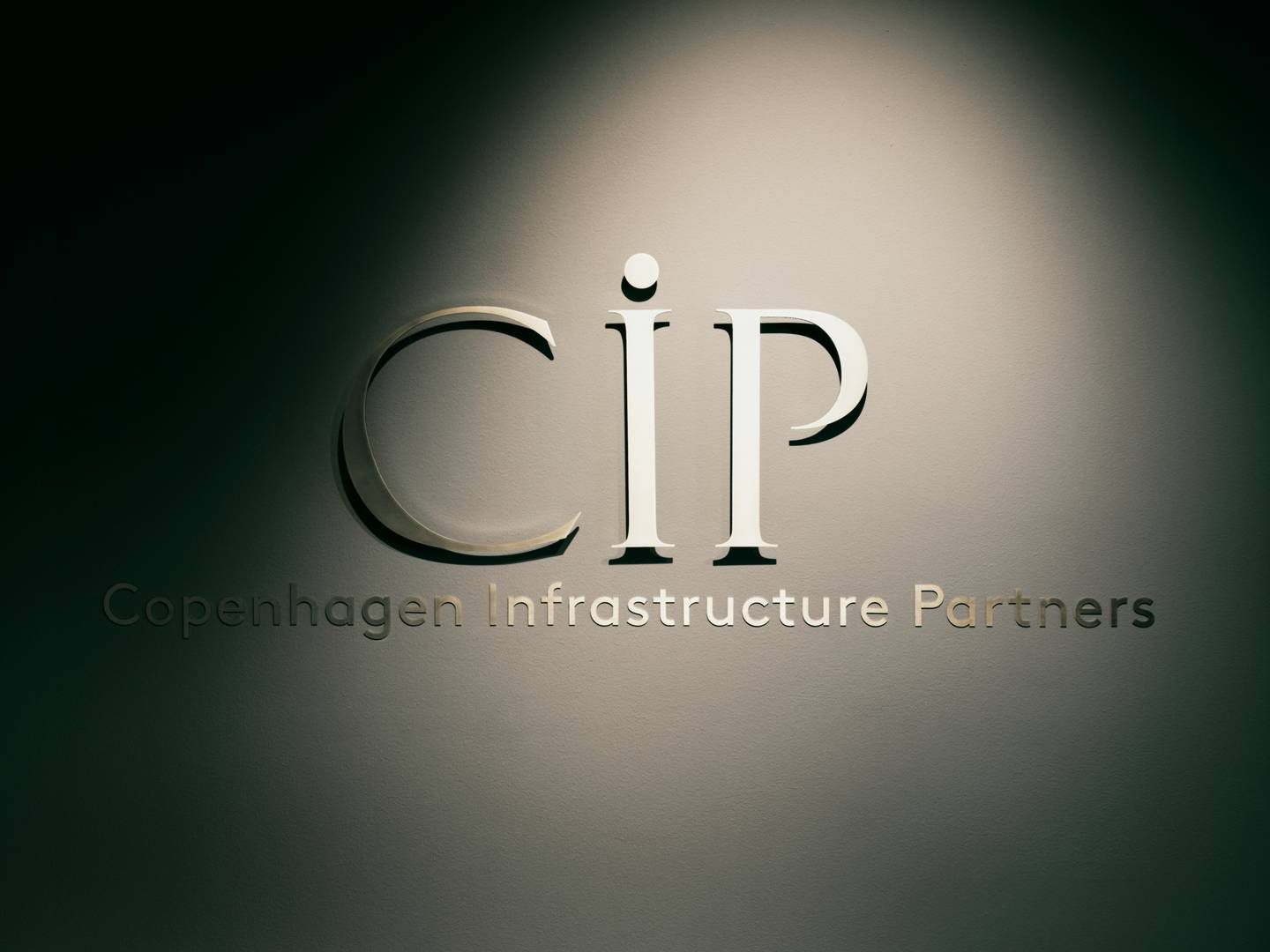

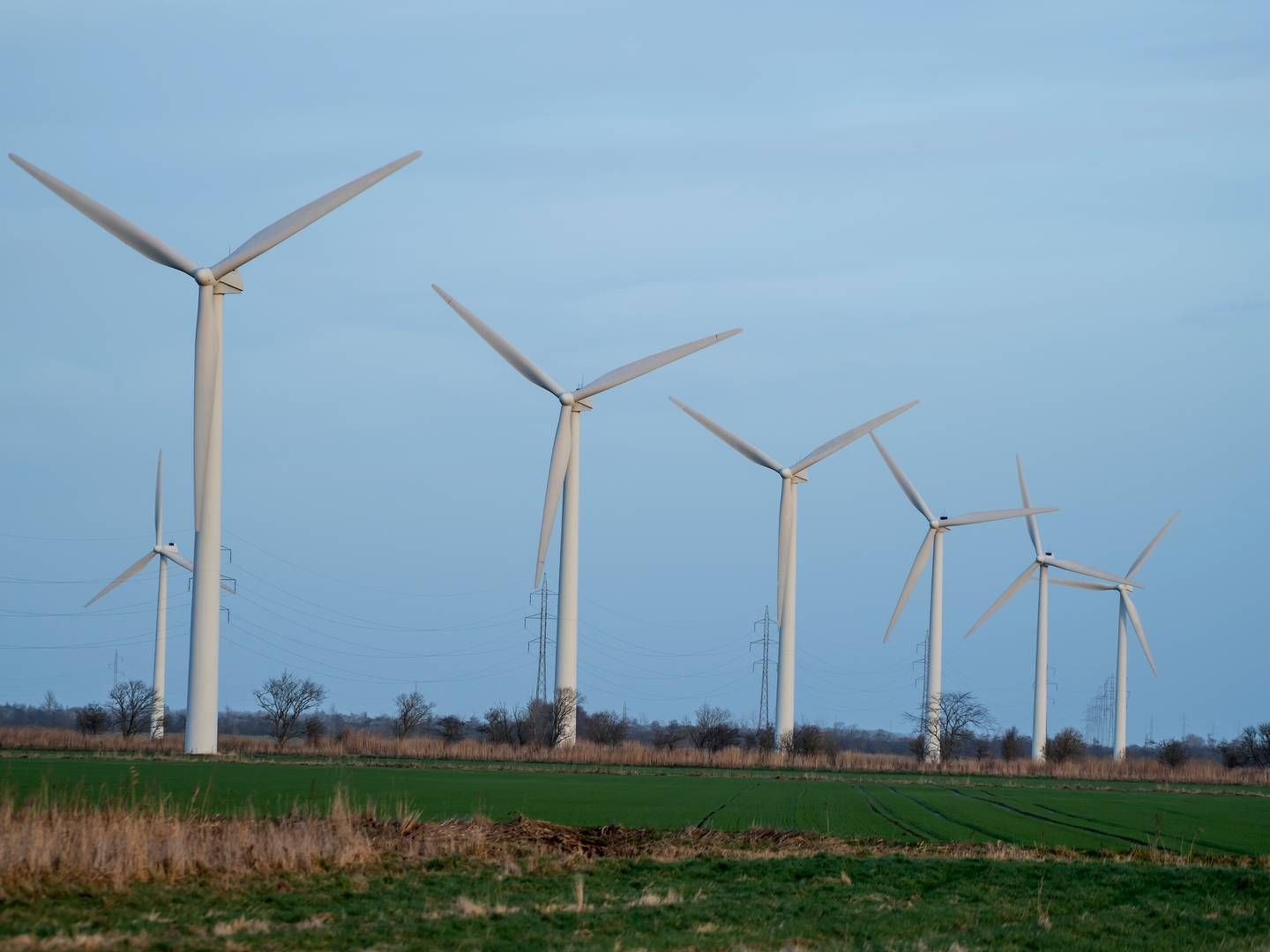

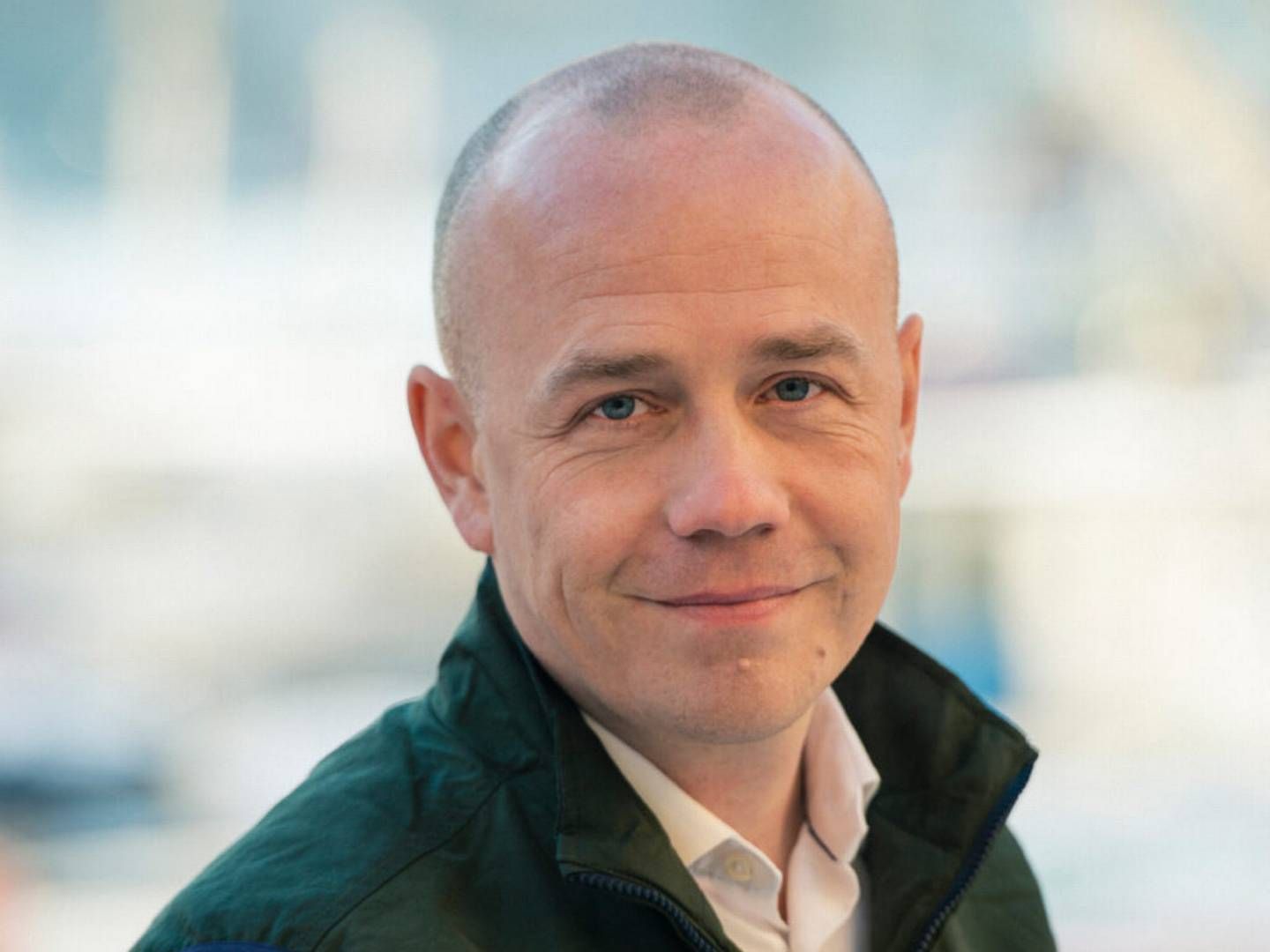
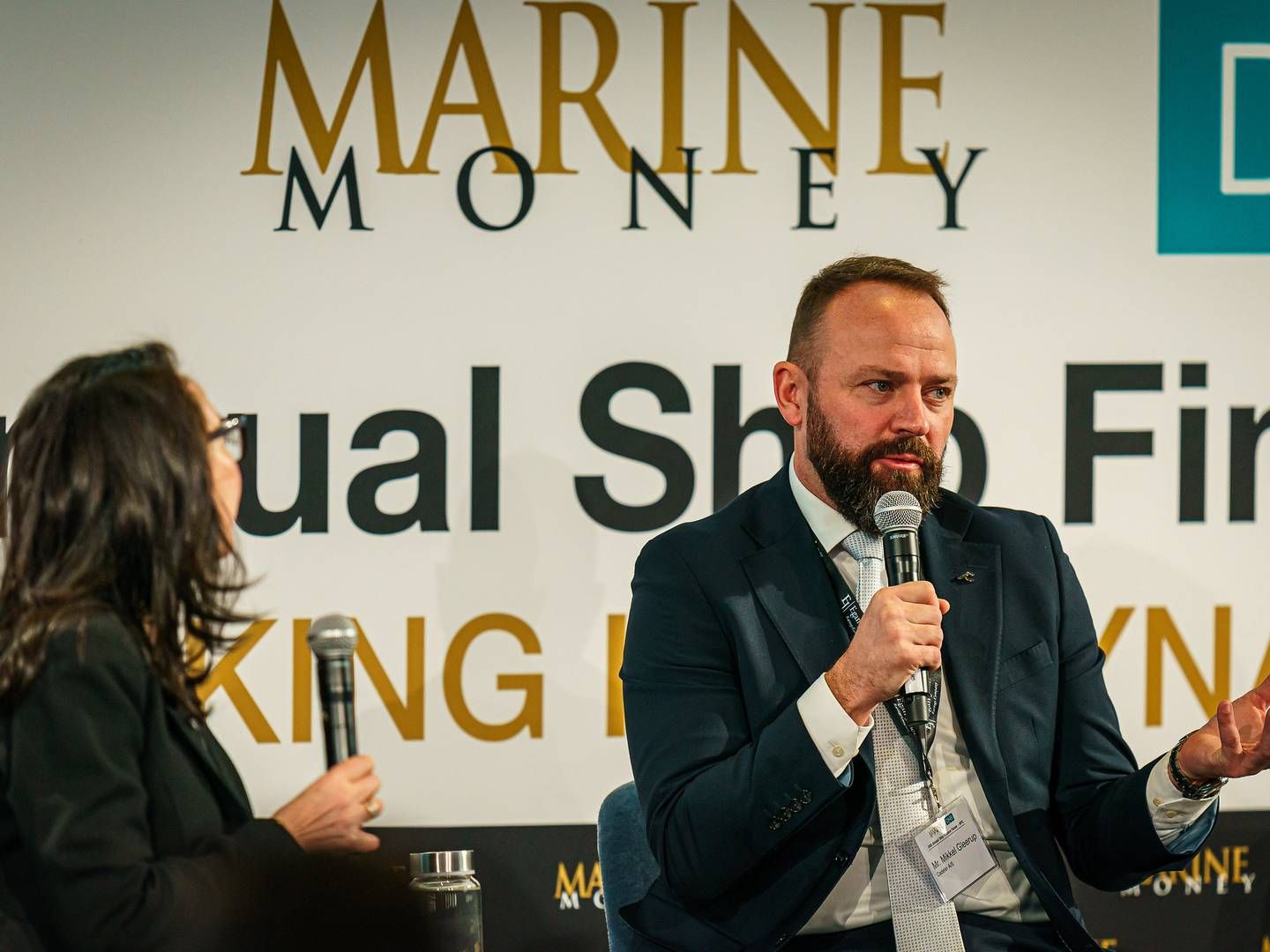
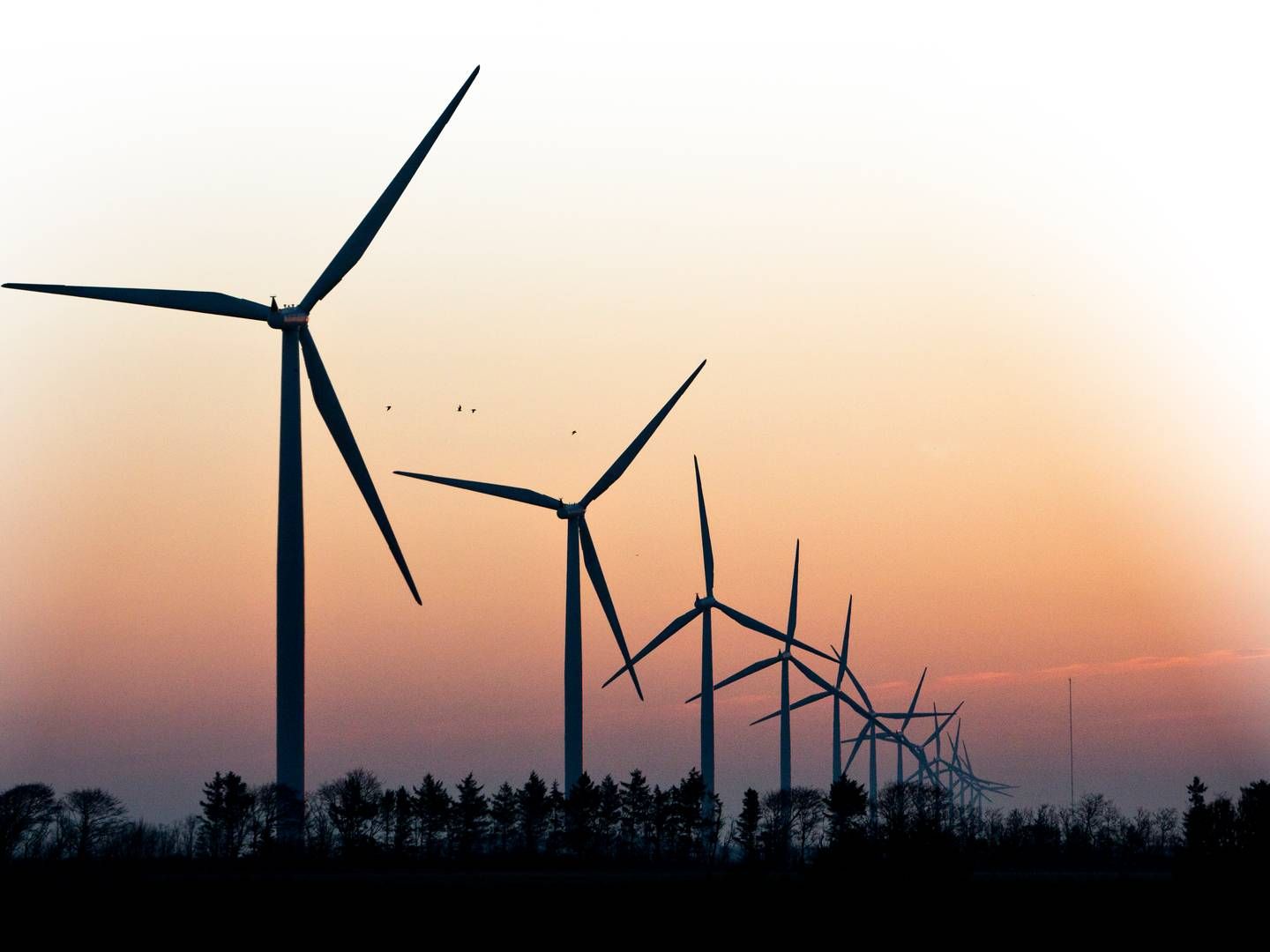






.jpg&w=384&q=75)